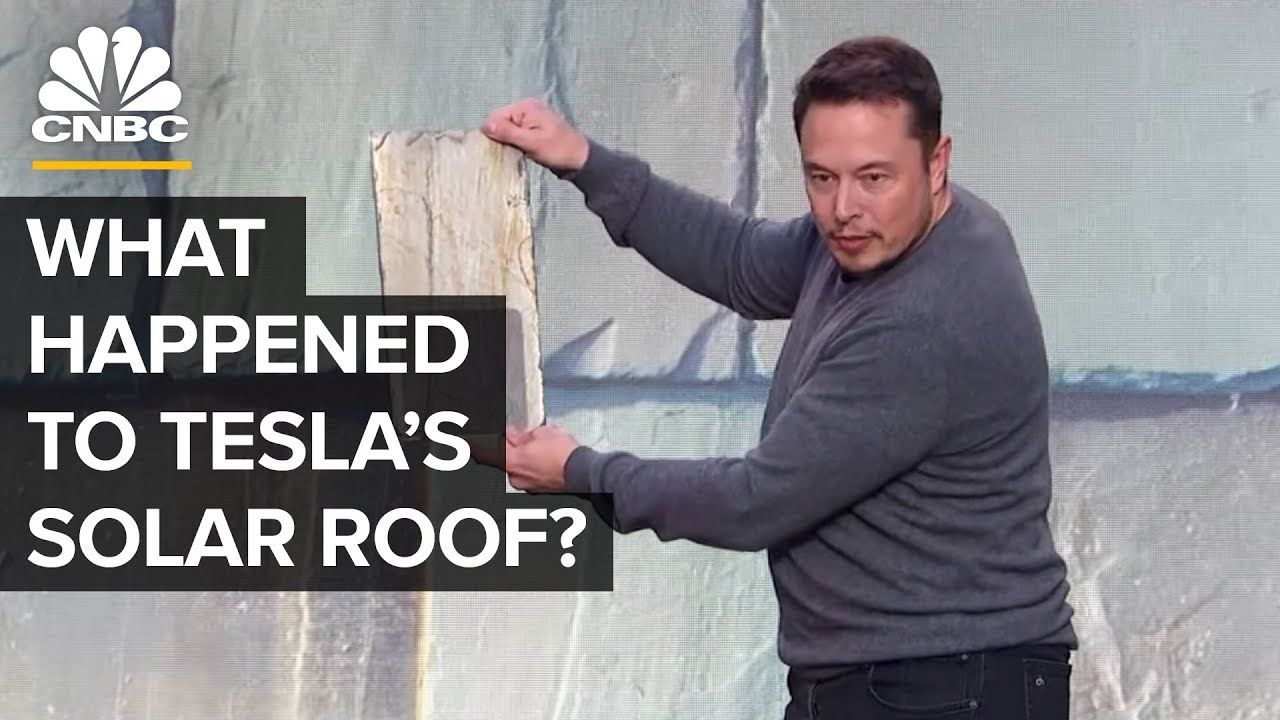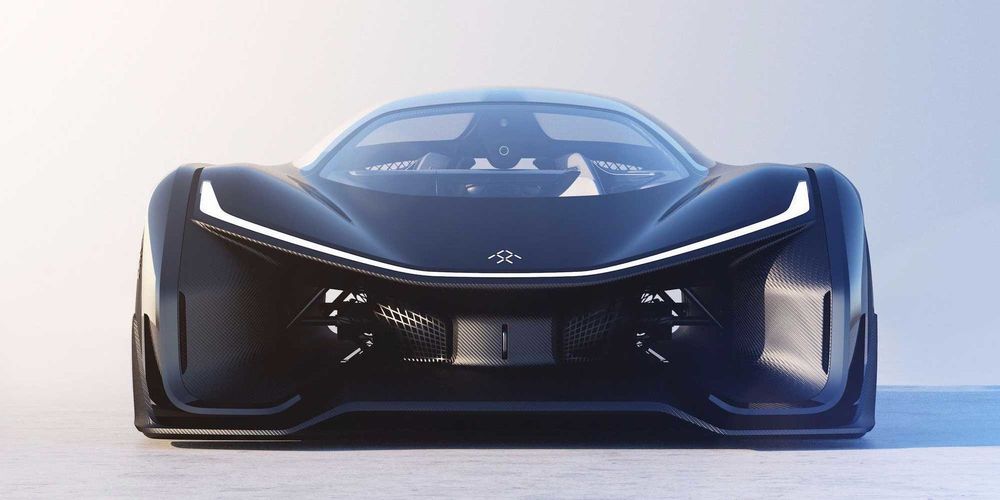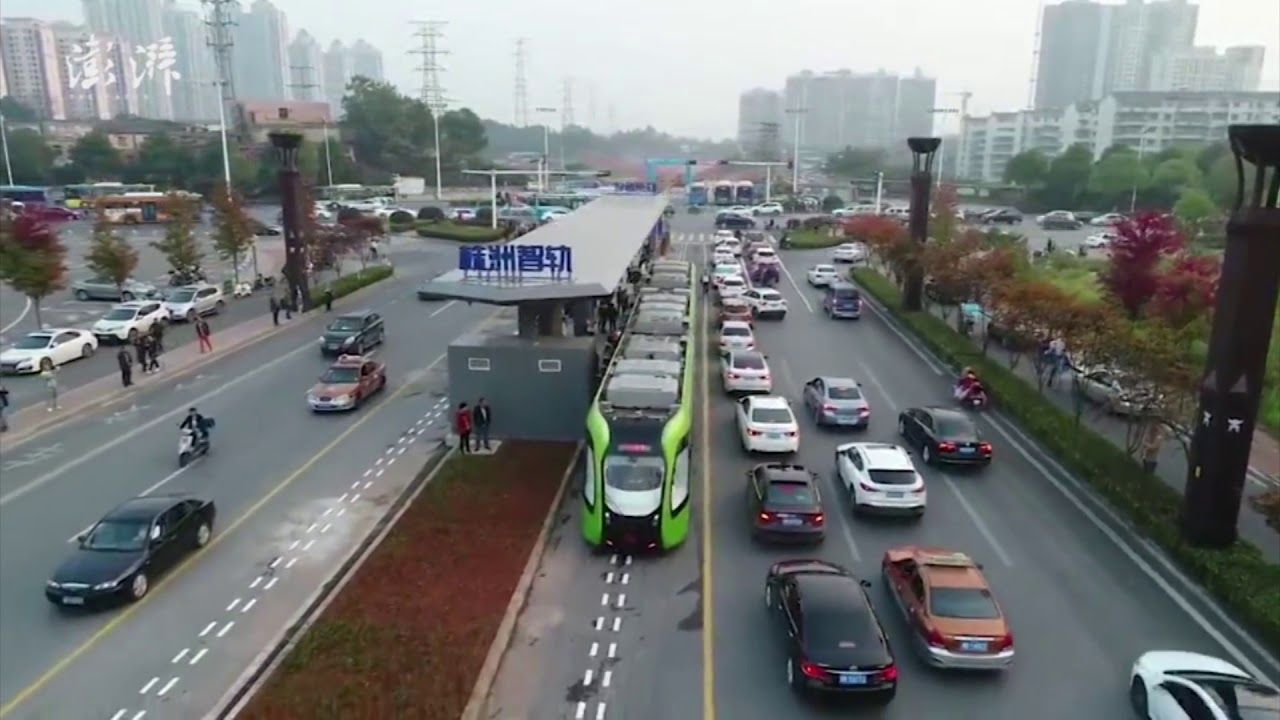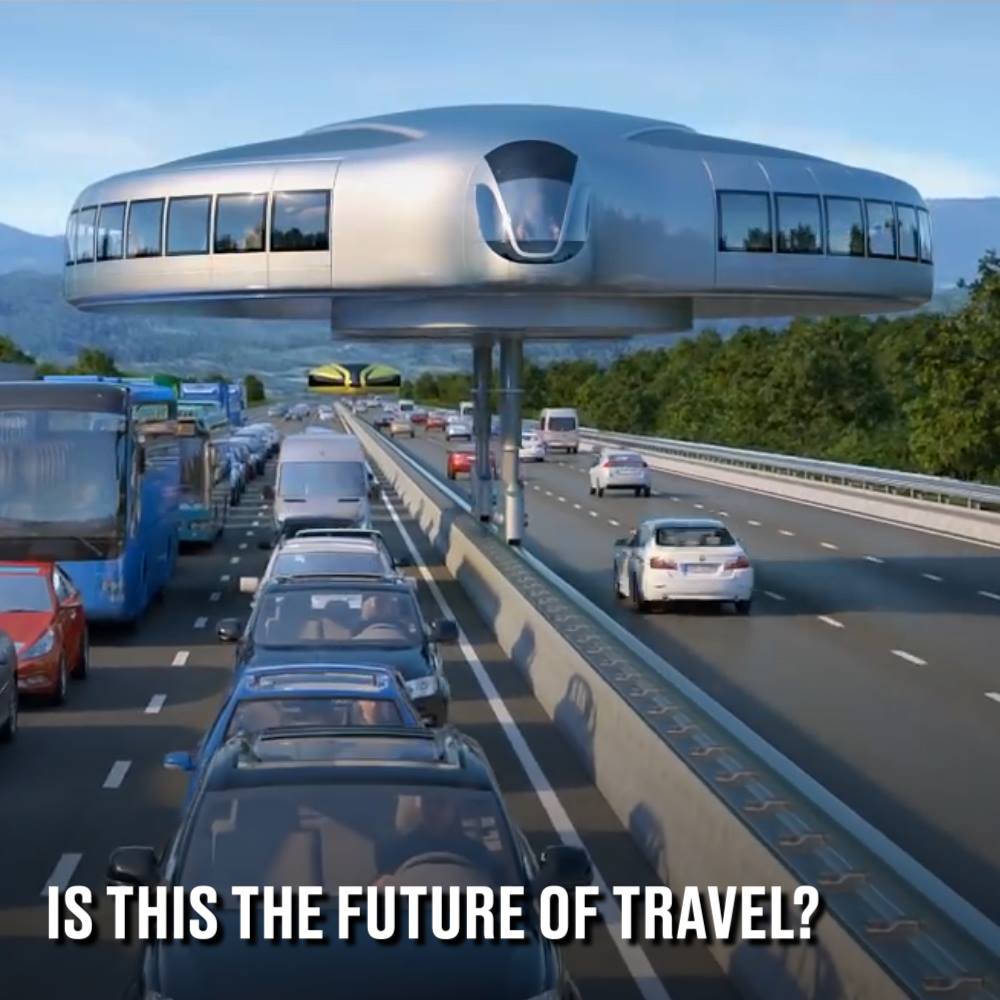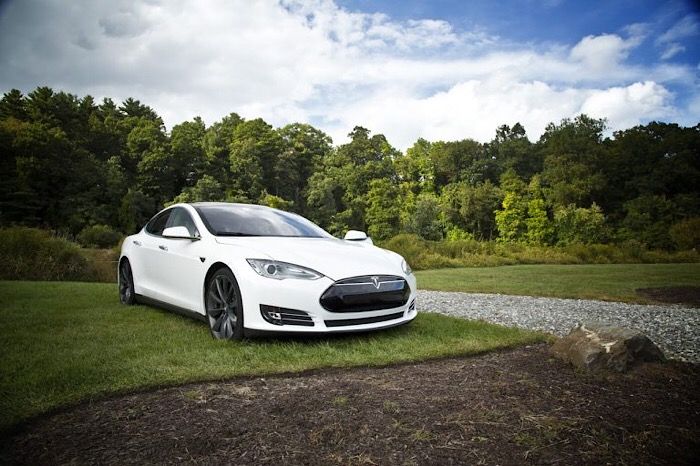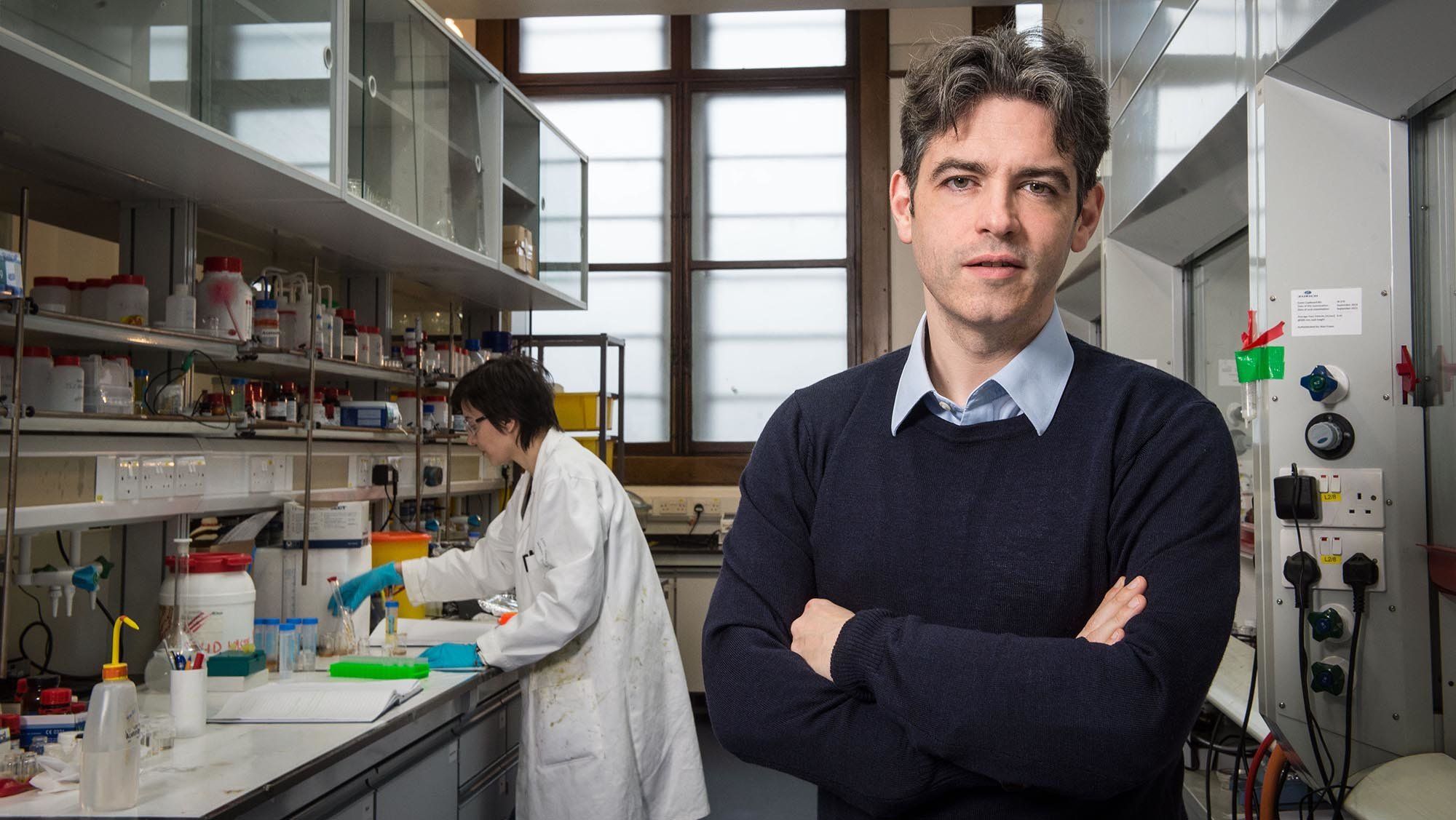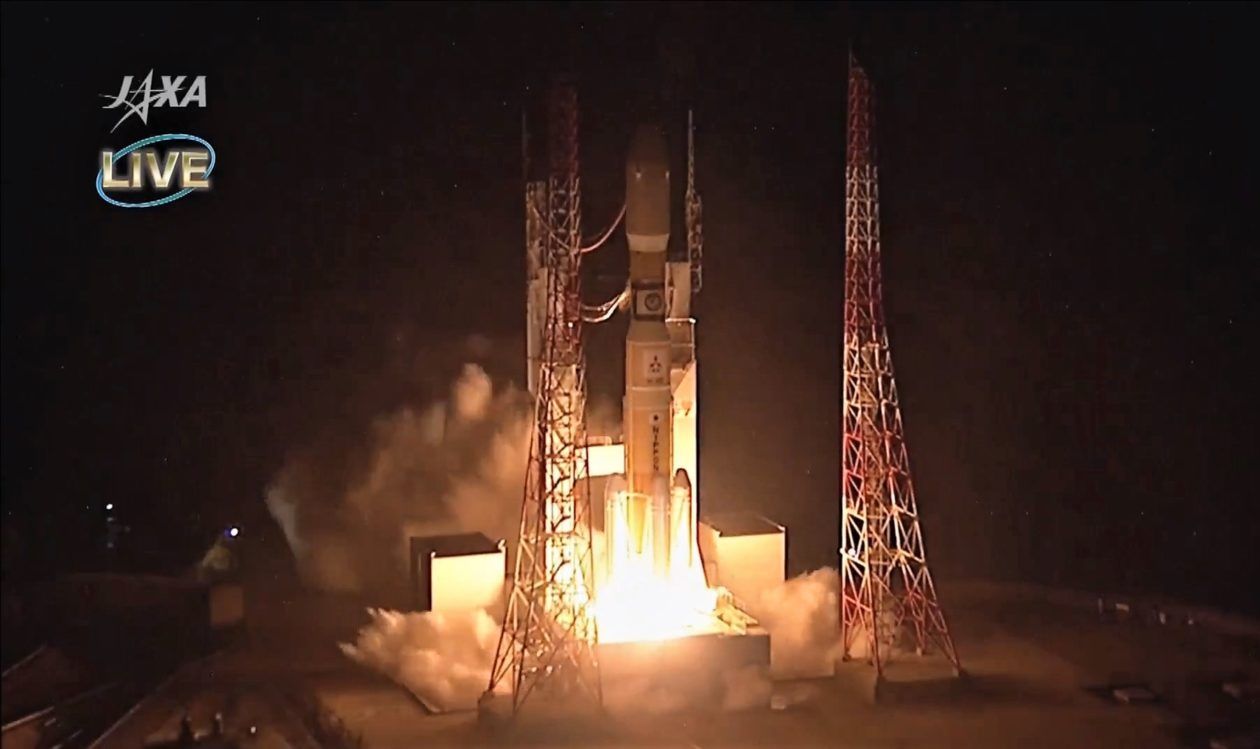Sep 30, 2018
What Happened To Tesla’s Solar Roof Tiles?
Posted by Bill Kemp in categories: business, Elon Musk, sustainability, transportation
Elon Musk unveiled prototypes of Tesla’s Solar Roof tiles In October 2016. They came in four styles that looked just like normal roofing material but were essentially miniaturized versions of traditional solar panels.
The announcement helped Tesla justify its $2.6 billion acquisition of SolarCity one month later and represented Musk’s vision for what the businesses could do together.
Continue reading “What Happened To Tesla’s Solar Roof Tiles?” »
